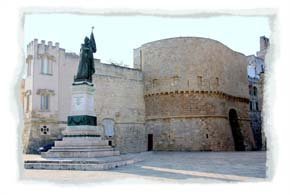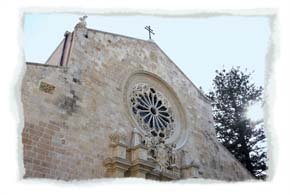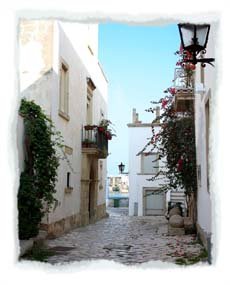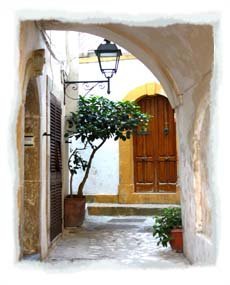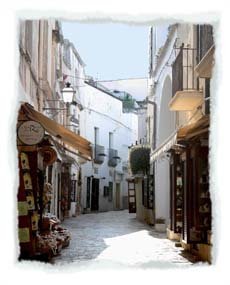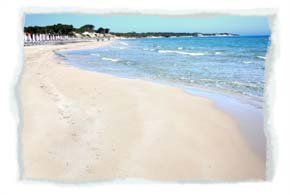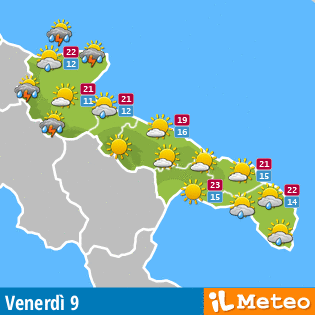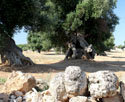Otranto
Info Otranto
-
Region:
Provincie:
Municipality:
CAP:
Area code:
Surface:
Population:
city hall:
-
Apulia
Lecce
Otranto
73028
0836
77,20 Kmq
5.639
Via Basilica 10
Otranto, the most eastern city of Italy. Great charm and ancient origins
It is the most eastern city of Italy, with extraordinary charm and ancient origins. The area of Otranto was probably already peopled during the Paleolithic age. Subsequently it was inhabitated by Messapi, Greeks and Normans. Thanks to its strategic geographical position, it was an important trading, politic and religious centre, especially during the Byzantine and Norman period, being a sort of bridge between East and West.
Symbol of the city is its cathedral, founded in 1080, as bulwark of the Latin church of Rome in a territory strongly influenced by the Byzantine culture and its Greek rite. The interior is wide and magnificent, with three naves divided by pillars with capitals and a transept. A polychrome and golden lacunar wooden ceiling is over the central nave; it dates back to the 17th century. Under the transept we find the crypt where it is possible to admire precious capitals with various forms.
Pride of the cathedral is its floor mosaic, which covers the whole surface of the church as a carpet. It was realized by the monk Pantaleone between 1163 and 1165; he is the author of the floor mosaics of the cathedral of Brindisi too. Thousands of coloured limestone tesseras, one next to each other, magically form the tree of Life, an allegorical representation of the Salvation history from Adam and Eve to the coming of Jesus Christ. We can admire allegorical figures, the signs of the zodiac, the months of the year, some episodes of the Old Testament (the expulsion of Adam and Eve from the Garden of Eden, the story of Noah, the building of the tower of Babel).
In 1480 the city became famous because of a tragic event: the Turkish soldiers, commanded by Maometto II , captured it and massacred its inhabitants; 800 people were killed because they refused to abjure their Christian faith. In the right apse of the cathedral, in proper shrines, the relics of the 800 martyrs are kept. In the heart of the old town, characterized by narrow and tortuous alleys, we find the Byzantine church of San Pietro, built between the 9th and the 10th century.
With a Greek-cross square plan, it shows a central cylindrical little dome on four columns. It is famous thanks to an interesting series of frescoes of Byzantine school, dating back to the period between the 10th and 16th century. After the Turkish assault, between 1485 and 1498, Alfonso d’Aragona, King of Spain, promoted the fortification of the city and the rebuilding of the castle. The fortress, with austere forms, has a pentagonal plan with three cylindrical towers, looking towards the city, and a lance-shaped bastion, looking towards the sea.

